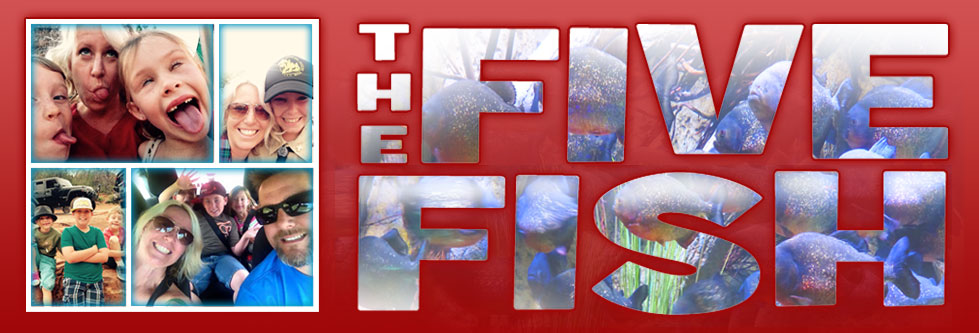Virtual water isn’t associated with any social media platform or program. Nor is virtual water a computer-created pixel program on a screen that allows you to water plants in a farming scenario. Virtual water is the number of gallons of water associated with growing an item, foodstuff, or product. No, this isn’t a made-up statistic that someone stuck on a board somewhere, and everyone that feels green has been repeating to show how important water conservation is to the planet. Virtual water is a real phenomenon, and it is a problem.
Watering
Everyone knows plants and animals require water for growth, but what you may not know is that the water associated with that growth can be measured even though it disappears into the ground or through the animal’s body. That water is called virtual water, and it is a scientific calculation of all the water required for the growth or production of any item from conception to fruition. That is to say that it requires a certain amount of water to grow an orange tree with 100 oranges produced by that tree. Take the full amount of water used during the year to water that specific tree and divide it by 100 to find out how much virtual water that orange required for production.
Growing
The world is suffering from a water shortage of growing proportion. Companies such as the Cadiz Water Project suggest the problem is due to the loss of water evaporation at the rate of over 330 gallons a second. Yes, that means 1,188,000 gallons of water that could be used to save lives or water plants are lost every hour due to evaporation as it moves into the environment. But is it lost, or just reused? It is difficult to know exactly how much water the planet has, how much we gain or lose ever year, and what the reasons are behind those statistics.
Suffering
One thing is for sure, water is a problem for many nations, and the United States exports a huge amount of water using products to other countries each year. Combine that with the fact that more than 785 million people don’t have clean drinking water source, and an estimated 2 billion people wash, bathe, and drink water contaminated with animal and human feces, and you can see how big the problem is. Those drinking contaminated water often end up with horrible diseases, and almost 500,000 people die from diarrhea each year.
Changing
As society’s awareness of their virtual water footprint expands, the countries that export products that require massive amounts of virtual water while that country’s citizens suffer from water shortages may cause a public reaction. Much of the water in most countries today is used in agriculture, with estimates ranging from 80-90 percent. Therein lies the problem. When countries such as the United States exports millions of pounds of agricultural products a year, such as wheat, they are, in essence exporting America’s water to other countries. Wheat takes 150 gallons of virtual water per pound to grow – that means the gallons of virtual water exported in wheat alone each year is staggering.
Losing
Combine the amount of virtual water it takes to grow a food item with the amount of food thrown away by businesses, restaurants, and private individuals each day and you can see the problem is much larger than most people want to believe or admit. Hundreds of trillions of gallons of water are used each year to supply just the businesses and citizens of American with the food items they end up throwing away. On top of that, scientific studies have found that animals require a massive amount of water in their food and drinking water. You can save 750 gallons of virtual water every day you refrain from eating meat – and that is a lot of water over the course of a year.
Trading
International trade in the form of both imports and exports is a huge business, and consumers are helping the industry grow each year by spending trillions of dollars on products, goods, and services. Combine that with the food that gets traded through globalization, and you can see that even the countries that can not afford to trade away their virtual water may be forced to do so just to maintain a standing in the industrial revolution of international trade.
Lacking
Having an entitlement to clean drinking water should be a human right on a planet that is more than 70 percent water. Sure, there is only about 4 percent of that water that is consumable, but is that a reason to deny anyone the right to a clean glass of water? You already know that your virtual water footprint may make a difference, but does it help to know that if you stop throwing one cup of coffee out every day, you will save enough water to provide more than two gallons of water every day to someone that doesn’t have clean water to drink? Are you willing to give that much to someone that needs it?
